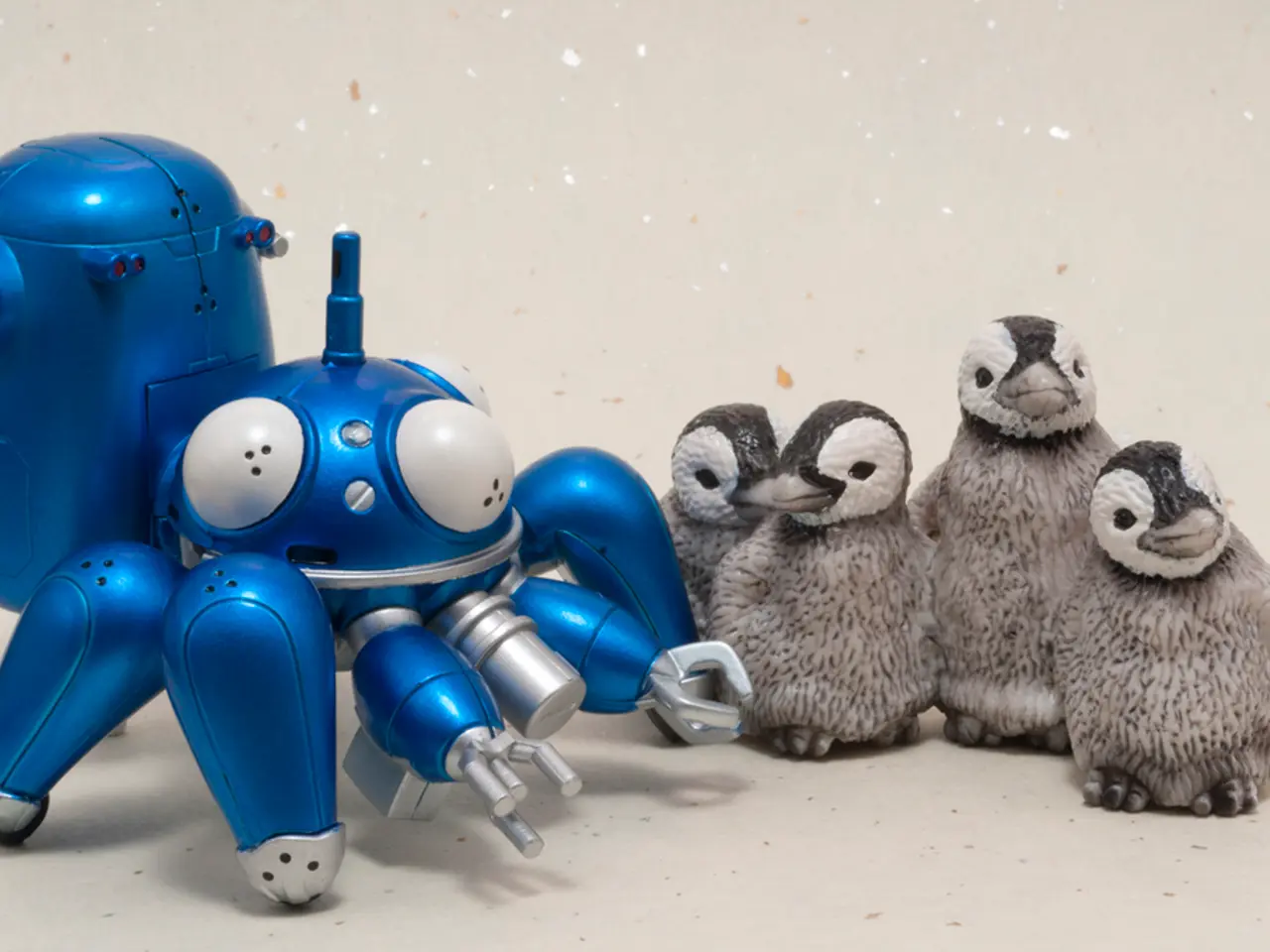Research Findings: Rapid Establishment of Connections Between Humans and Robots
In 2021, 19 families in Canada were introduced to a unique companion – a 24-centimeter tall, white-and-red robot named Luka. Designed to scan and read pages from printed picture books, Luka was more than just a tool for early reading skill development.
Recent research has shown that families can form strong emotional attachments to relatively simple robots, like Luka, which often develop symbolic meaning that transcends their original functional roles. A study conducted by a Canadian research duo from the University of Guelph and the University of Toronto tracked 18 families over four years with Luka, initially used for reading aloud. Even after active educational use declined, families continued to emotionally bond with the robot, treating it like a beloved friend, family member, or keepsake.
One child described Luka as the only friend who had never left them, while another referred to it as "my little brother." Some families placed Luka on bookshelves, desks, or nightstands and even decorated it with a doily or a hand-painted name tag. The emotional attachment between humans and Luka occurred without complex technology, demonstrating that simple social cues are enough to create deep emotional bonds between humans and machines.
As children grew older, they reinterpreted their relationship with Luka, teaching it things, creating bedtime stories, or using it to soothe younger siblings. Many families continued to charge Luka and used it as a music or audiobook player. Luka was sometimes passed down to younger family members, and many parents kept Luka as a nostalgic reminder of bedtime stories.
Four years later, a survey found that 18 out of the 19 families still had the robot Luka. The study's authors suggest that even relatively simple robots can become part of a family's life for a long period. Looking ahead, this research implies that future social robot development could benefit from focusing not just on performance and novelty but on fostering durability in emotional connection and symbolic roles within family life.
The findings further establish that simple social signals are sufficient to create these emotional bonds, even without advanced robot capabilities like free movement or speech. This challenges the notion that complex technological features are required for meaningful human-robot relationships and suggests that social robots can be designed to age gracefully alongside their users, transitioning from functional devices to symbolic companions.
In the realm of eldercare, social robots can enhance human relationships by supporting social engagement and relieving caregiver burden, though full replacement of human interaction remains unlikely. Robots’ nonjudgmental and patient traits can uniquely support vulnerable populations, suggesting socially assistive robots have specific ethical and practical roles future designs should incorporate.
Research consistently shows children are especially prone to trust and emotionally attach to robots, perceiving them as friends or companions. This reinforces the importance of considering developmental psychology in robot design. The study's authors find it intriguing to consider what a more complex robot could achieve in terms of emotional attachment.
In summary, current research strongly supports that emotionally meaningful, lasting bonds between families and even simple social robots are possible. This shapes the future of social robot design toward long-term coexistence and cultural integration inside homes, potentially leading to households having generations of robots, some active, some retired but honored.
The study's findings indicate that simple social robots, like Luka, can become an integral part of a family's lifestyle, forming strong emotional bonds that transcend their original fashion-and-beauty function as a reading aid. Future generations of families might even incorporate home-and-garden elements into decorating their robots, further emphasizing their symbolic value.




